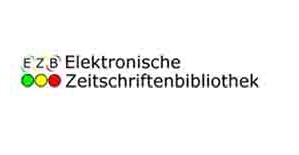Fiscal Consolidation and Income Inequality Nexus: Evidence from Pakistan
DOI:
https://doi.org/10.52223/econimpact.2023.5314Keywords:
Fiscal consolidation, Income inequality, Pakistan, ARDL modelAbstract
The distribution of income provides a succinct overview of the economy, revealing how individuals or groups receive specific shares of the national income. Consequently, achieving a fair income distribution has become a central goal for most global economies. The study examines the effect of fiscal consolidation on income inequality in Pakistan. Time series data from 1988 to 2022 is used to estimate the relationship of variables. The ARDL method is used to test the existence of cointegration and to estimate the coefficients of fiscal consolidation and other independent variables. Other variables include minimum wage and trade union density. Per capita GDP and square of per capita GDP are also included in the model to verify the Kuznet hypothesis. The estimates show that fiscal consolidation has a positive impact on income inequality. It implies that if the difference between government expenditures and revenues (i.e., fiscal consolidation) increases, it will enhance income inequality. It may possibly happen by minimizing expenditures or increasing revenues. The empirical results of the study show the existence of an “inverted U-shaped” Kuznet’s curve in Pakistan. Additionally, minimum wage significantly affects income inequality, whereas trade union density is negatively related to income inequality.
Downloads
Downloads
Published
How to Cite
Issue
Section
License
Copyright (c) 2023 Ghulam Sarwar, Zahid Ullah Khan, Ahmad Saeed, Muhammad Sarfraz

This work is licensed under a Creative Commons Attribution 4.0 International License.
















